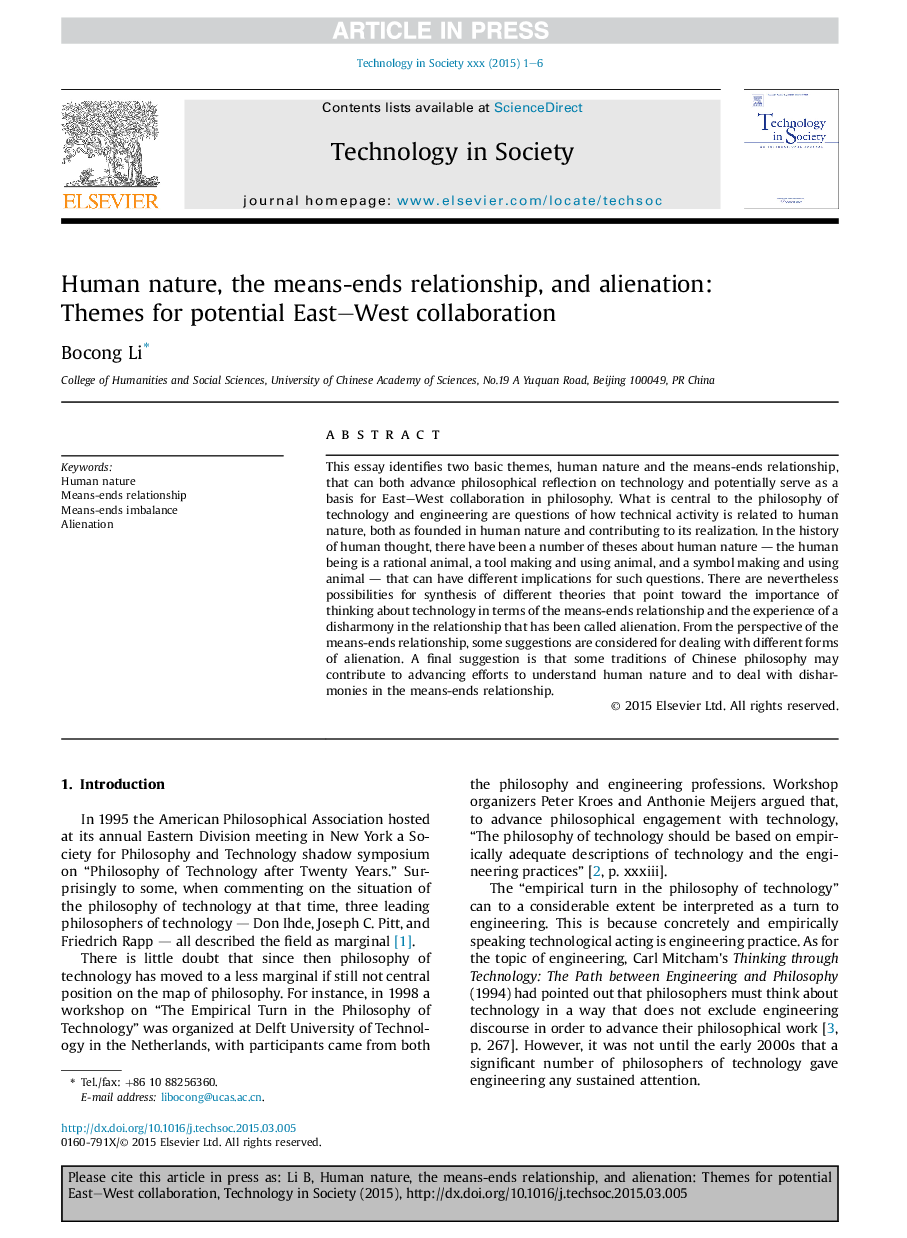| کد مقاله | کد نشریه | سال انتشار | مقاله انگلیسی | نسخه تمام متن |
|---|---|---|---|---|
| 6328887 | 1619774 | 2014 | 6 صفحه PDF | دانلود رایگان |
عنوان انگلیسی مقاله ISI
Perfluorinated compounds in fish from U.S. urban rivers and the Great Lakes
دانلود مقاله + سفارش ترجمه
دانلود مقاله ISI انگلیسی
رایگان برای ایرانیان
کلمات کلیدی
موضوعات مرتبط
علوم زیستی و بیوفناوری
علوم محیط زیست
شیمی زیست محیطی
پیش نمایش صفحه اول مقاله

چکیده انگلیسی
Perfluorinated compounds (PFCs) have recently received scientific and regulatory attention due to their broad environmental distribution, persistence, bioaccumulative potential, and toxicity. Studies suggest that fish consumption may be a source of human exposure to perfluorooctane sulfonate (PFOS) or long-chain perfluorocarboxylic acids. Most PFC fish tissue literature focuses on marine fish and waters outside of the United States (U.S.). To broaden assessments in U.S. fish, a characterization of PFCs in freshwater fish was initiated on a national scale using an unequal probability design during the U.S. Environmental Protection Agency's (EPA's) 2008-2009 National Rivers and Streams Assessment (NRSA) and the Great Lakes Human Health Fish Tissue Study component of the 2010 EPA National Coastal Condition Assessment (NCCA/GL). Fish were collected from randomly selected locations-164 urban river sites and 157 nearshore Great Lake sites. The probability design allowed extrapolation to the sampled population of 17,059Â km in urban rivers and a nearshore area of 11,091Â km2 in the Great Lakes. Fillets were analyzed for 13 PFCs using high-performance liquid chromatography tandem mass spectrometry. Results showed that PFOS dominated in frequency of occurrence, followed by three other longer-chain PFCs (perfluorodecanoic acid, perfluoroundecanoic acid, and perfluorododecanoic acid). Maximum PFOS concentrations were 127 and 80Â ng/g in urban river samples and Great Lakes samples, respectively. The range of NRSA PFOS detections was similar to literature accounts from targeted riverine fish sampling. NCCA/GL PFOS levels were lower than those reported by other Great Lakes researchers, but generally higher than values in targeted inland lake studies. The probability design allowed development of cumulative distribution functions (CDFs) to quantify PFOS concentrations versus the sampled population, and the application of fish consumption advisory guidance to the CDFs resulted in an estimation of the proportion of urban rivers and the Great Lakes that exceed human health protection thresholds.
ناشر
Database: Elsevier - ScienceDirect (ساینس دایرکت)
Journal: Science of The Total Environment - Volume 499, 15 November 2014, Pages 185-195
Journal: Science of The Total Environment - Volume 499, 15 November 2014, Pages 185-195
نویسندگان
Leanne L. Stahl, Blaine D. Snyder, Anthony R. Olsen, Thomas M. Kincaid, John B. Wathen, Harry B. McCarty,